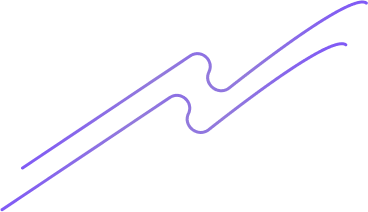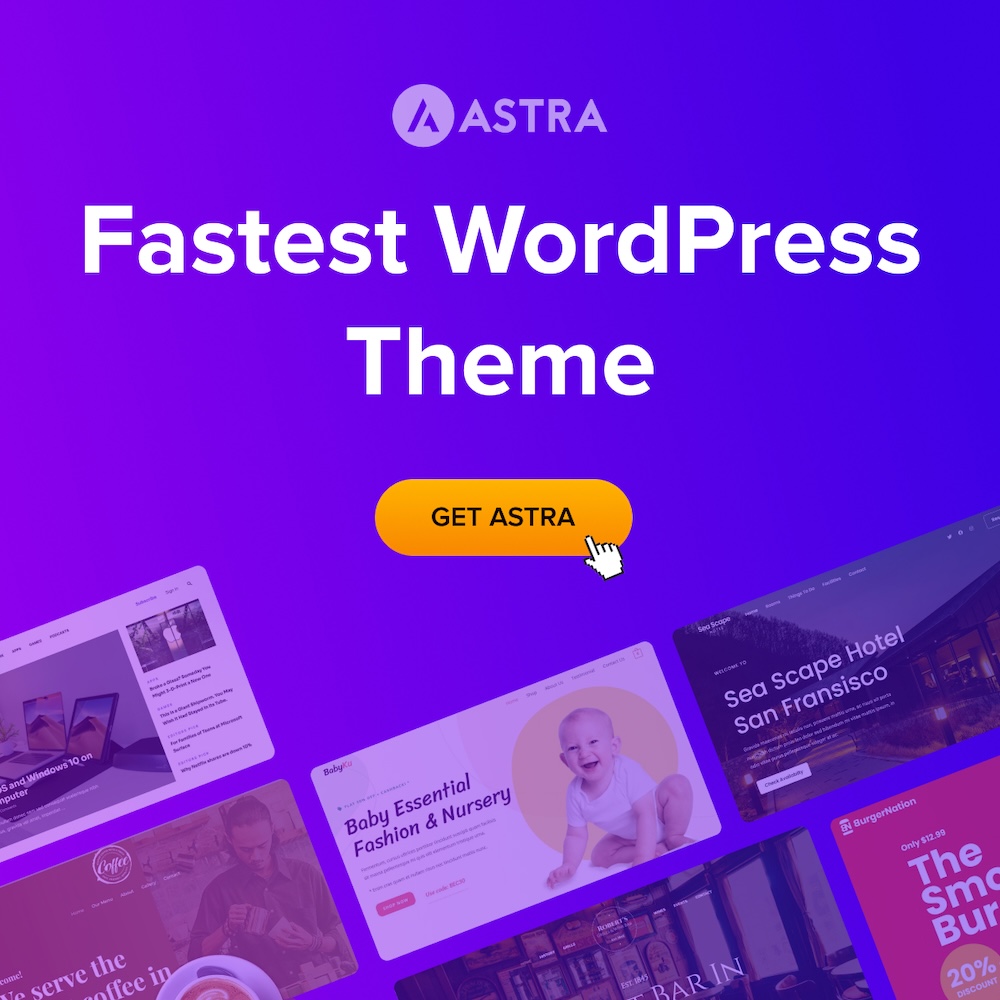Launching a blog on Shopify can do more than tell your brand story — when done well, it becomes a reliable engine for traffic, trust, and sales. This guide walks e-commerce brands, bloggers, and marketers through practical, actionable steps to build a Shopify blog that supports long-term, sustainable growth. No fluff — just tested strategies, examples, and the technical touches that make content drive real results.
Why a Shopify Blog Matters for Sustainable Growth
A blog is a low-cost, high-leverage asset that compounds over time. Unlike one-off campaigns, useful blog posts continue to attract visitors through search, social shares, and internal site links. For Shopify merchants, a blog can improve product discovery, support SEO for category and product pages, and provide content for email and social channels. Prioritizing quality and consistency builds authority and creates repeat touchpoints with potential customers, which is the foundation of sustainable growth.
Content Strategy: Topics, Audience, and Pillars
Strategy starts with clarity. Without defined topics and audience segments, your blog risks becoming a random collection of posts that fail to serve buyers or search engines.
Define your audience and user intent
Break your audience into clear groups: new visitors, comparison shoppers, repeat customers, and partners. Map each group to content types. For example, new visitors need "what is" and product discovery posts, while comparison shoppers benefit from buying guides and comparisons. Tailoring content around user intent increases engagement and conversion potential.
Create content pillars
Choose 3–5 content pillars that reflect your brand and customer needs. Examples for a sustainable fashion brand: "Materials & Impact," "Care & Longevity," "Style Guides," "Behind the Makers," and "Product How-Tos." Use these pillars to plan an editorial calendar so every post supports a broader theme and internal linking structure.
Perform pragmatic keyword research
Prioritize keywords that match buyer intent. Start with a mixture of informational and transactional keywords: "how to care for linen shirts" (informational) and "best eco-friendly linen shirts" (transactional). Use free and paid tools to estimate search volume and difficulty, but focus on long-tail keywords where you can realistically rank and that align with your content pillars.
On-Page SEO and Readability
Technical optimization ensures your content is discoverable and accessible. Good on-page SEO is about helping both users and search engines understand your post.
Headers, meta, and structured content
Use clear H1, H2, and H3 headings to structure information. Every post should have a concise, keyword-aware meta title and meta description that describes benefit to the reader. Include descriptive alt text on images. Where appropriate, add schema (Article or HowTo) to help search engines surface your content as rich results.
Optimize for readability and conversion
Write in short paragraphs, use bullet lists, and include images or diagrams to break dense content. Add clear calls-to-action (CTAs) that guide the user — examples: "Shop the collection," "Download the care guide," or "Sign up for early access." Place CTAs naturally: after the introduction for high-intent posts and near the end for informational pieces.
Internal linking and content clusters
Organize posts into clusters around main pillar pages. A pillar page acts as a comprehensive hub that links to several related long-tail posts. This helps distribute authority across your site and improves crawlability. Internal links to product and collection pages turn educational content into shoppable experiences without being pushy.
Shopify-Specific Implementation Tips
Shopify has its own quirks and strengths. Use platform-specific features to make your blog practical and profitable.
Make posts shoppable
Convert inspiration into purchases by adding links, product cards, or embedded buy buttons in blog posts. Shopify allows you to link directly to product pages and collections — use these links to create a seamless path from reading to buying. For example, a "How to style a capsule wardrobe" post should feature direct links to the items shown and a "Shop the Look" section.
Leverage metafields and tags
Use metafields to store additional data for blog posts (e.g., reading time, difficulty level, or product SKU references) and display that data in your templates. Tags and categories (through tags and blog organization) help users navigate topics and allow you to surface related posts dynamically in the theme.
Choose useful apps and integrations
Shopify’s ecosystem includes apps that help with SEO, image optimization, related post widgets, and email capture. Select apps that solve a single problem well and don’t bloat your site. Examples: an image optimizer to reduce load time, a related-posts widget to increase session depth, and a native product-block app for shoppable content.
Content Production: Workflow and Quality Control
Consistent publishing requires a repeatable process. Create a lightweight workflow so team members or freelancers can produce reliable content without bottlenecks.
Editorial calendar and batching
Plan content weekly or monthly around launches, seasonality, and evergreen topics. Batch similar tasks (e.g., research, drafting, editing) to save context-switching time. Use a simple calendar with status columns: idea, in progress, editing, scheduled, published.
Templates and style guide
Create templates for common post types (how-to, listicle, product roundup) and a short style guide covering tone, link policy, image specs, and CTA placements. Templates reduce back-and-forth and keep the brand voice consistent.
Quality checks
Before publishing, check for factual accuracy, broken links, SEO fields, alt text, and mobile layout. A quick checklist that editors use consistently prevents common issues from slipping into published posts.
Promotion and Distribution
Great content needs distribution. Relying solely on organic search is slow; use a mix of channels to accelerate reach.
Email and lifecycle flows
Use blog content to power email campaigns. Send new-post digests to subscribers, create welcome series with curated posts by interest, and include blog snippets in product post-purchase sequences to increase engagement and reduce returns (e.g., "How to care for your new product").
Social, community, and repurposing
Repurpose long posts into short videos, carousels, infographics, and threads. Post evergreen content to communities where your audience spends time (Reddit, Facebook groups, LinkedIn). Repurposing multiplies the ROI of each article without needing to rewrite from scratch.
Paid promotion and partnerships
Use targeted promoted posts to boost high-converting or high-value content (like gift guides or product roundups). Collaborate with complementary brands or creators to guest post or co-create content that introduces you to their audience in a trust-building context.
Measure, Iterate, and Scale
Track the right metrics and use them to inform future content choices. Data-driven iteration turns blogging from a guessing game into a growth engine.
KPIs to focus on
Primary metrics: organic sessions, time on page, scroll depth, and conversion rate (email signups, product clicks, purchases). Secondary metrics: backlinks earned, social shares, and returning visitors. Use a combination of Google Analytics (or GA4), Shopify reports, and heatmaps to get a full picture.
Run small experiments
A/B test headlines, CTAs, and hero images for top-performing posts. Try different internal linking strategies to see what increases product clicks. Keep experiments small and time-boxed, and adopt the changes that move the needle.
Scale with content types that perform
When a topic cluster starts performing, scale by creating related formats: downloadable checklists, video tutorials, or a short email course. Scaling should focus on formats that increase conversions or deepen audience relationships, not just more blog posts for the sake of volume.
Common Mistakes to Avoid
Steering clear of these pitfalls saves time and protects your brand reputation.
- Aimless posting without a content calendar — leads to inconsistent quality and broken internal linking.
- Over-optimization and keyword stuffing — damages readability and user trust.
- Ignoring mobile and site speed — most visitors will leave if pages load slowly or display poorly on phones.
- Publishing without CTAs or links to products — misses opportunities to convert educational traffic.
- Neglecting measurement — you can’t improve what you don’t track.
Practical Examples and Quick Wins
Here are quick, actionable moves you can implement in a day or a week to improve your Shopify blog performance:
- Audit your top 10 posts: add internal links to relevant product and collection pages and update CTAs.
- Create a "Shop the Post" block template and implement it across your most popular style or gift-guide posts.
- Compress and serve optimized images; enable lazy loading to improve page speed immediately.
- Republish an evergreen post with updated information and a fresh intro — then promote via email and social.
Conclusion: Build for the Long Game
Successful Shopify blogging is a blend of strategy, technical execution, and disciplined promotion. Focus on creating helpful, targeted content organized around clear pillars, optimize for both users and search engines, and push distribution beyond organic search. By measuring performance and iterating on what works, a well-run Shopify blog becomes a self-sustaining channel that supports product discovery and long-term sustainable growth.
If you’re ready to level up your content strategy, subscribe for practical templates and an editorial checklist, or explore our consulting services to get a custom Shopify blog plan tailored to your brand.








